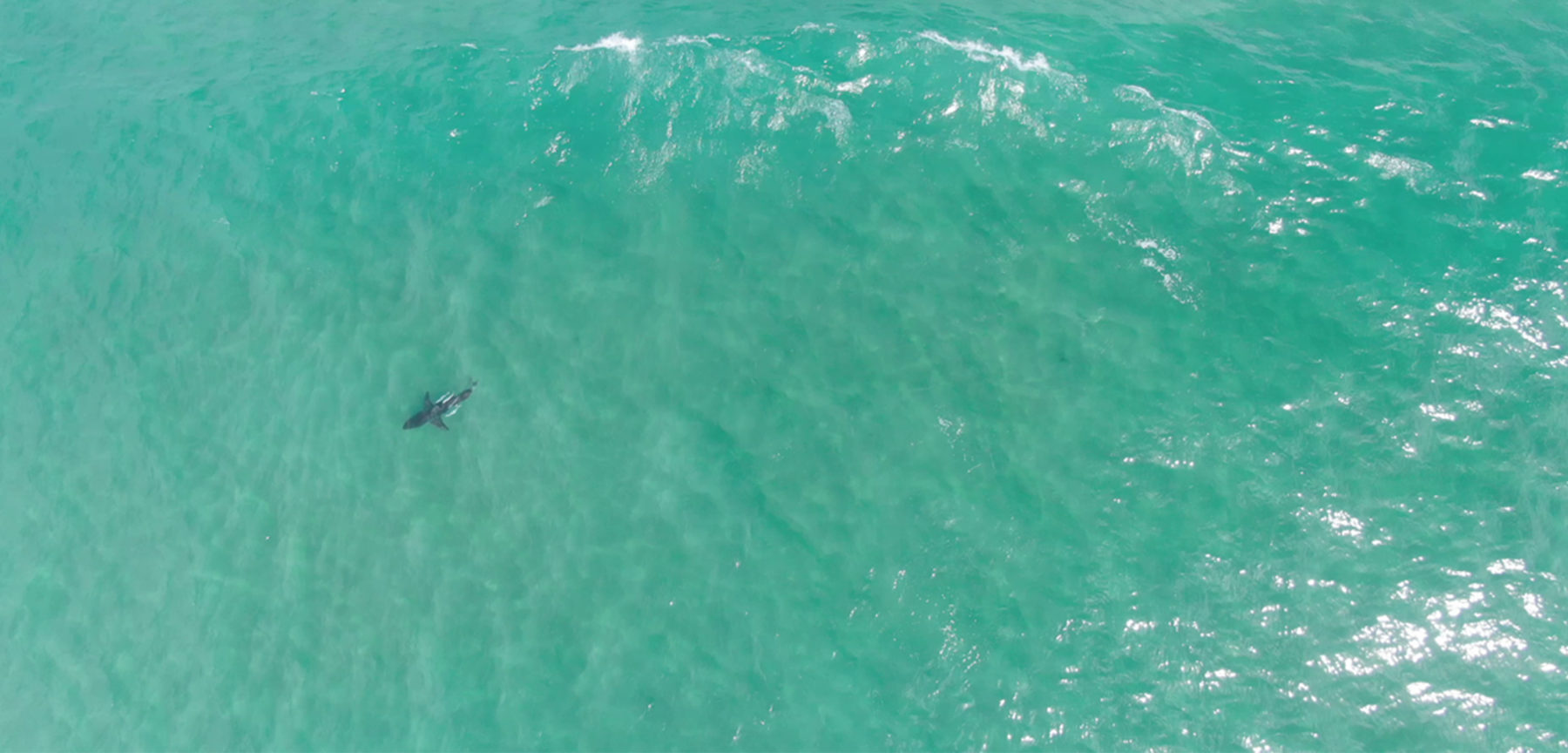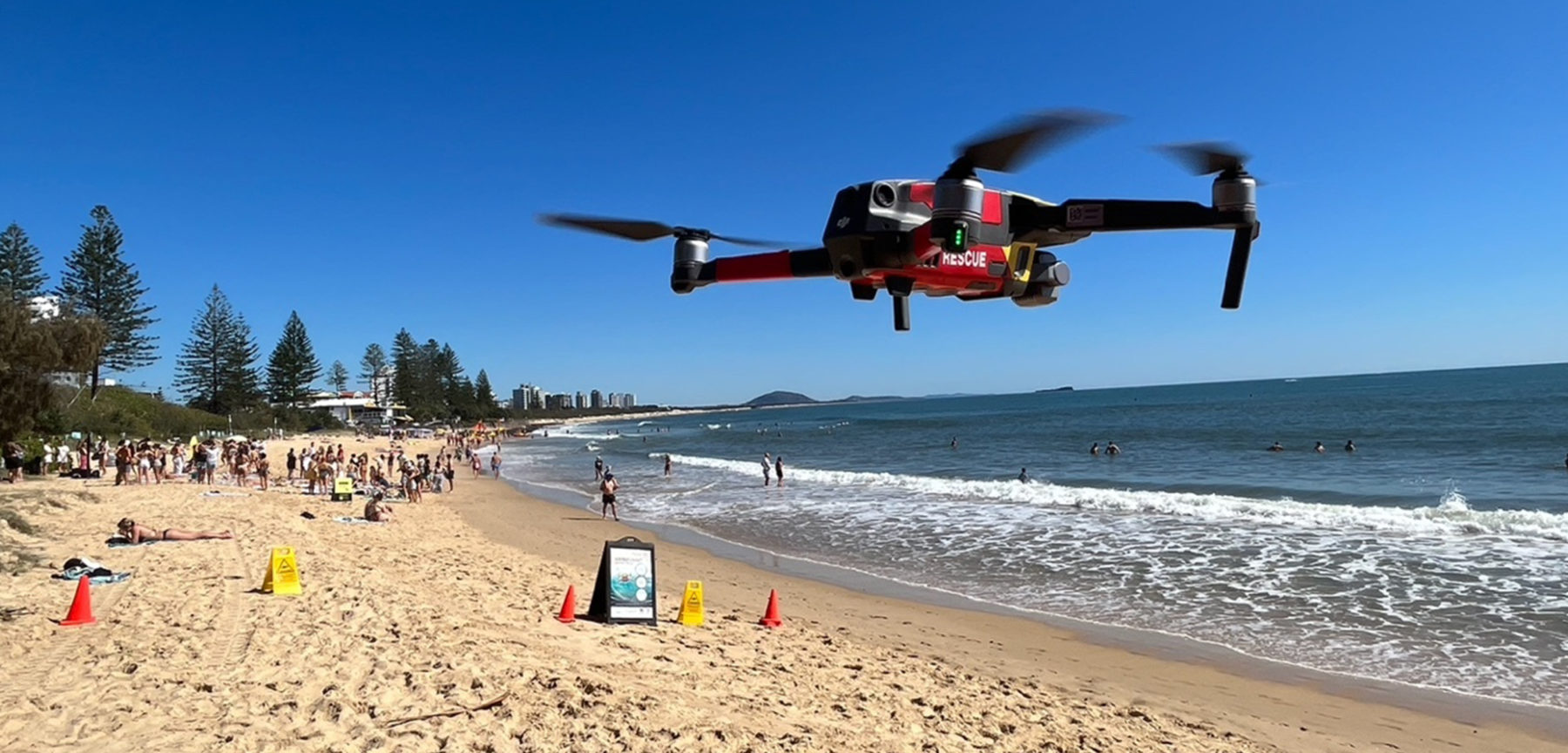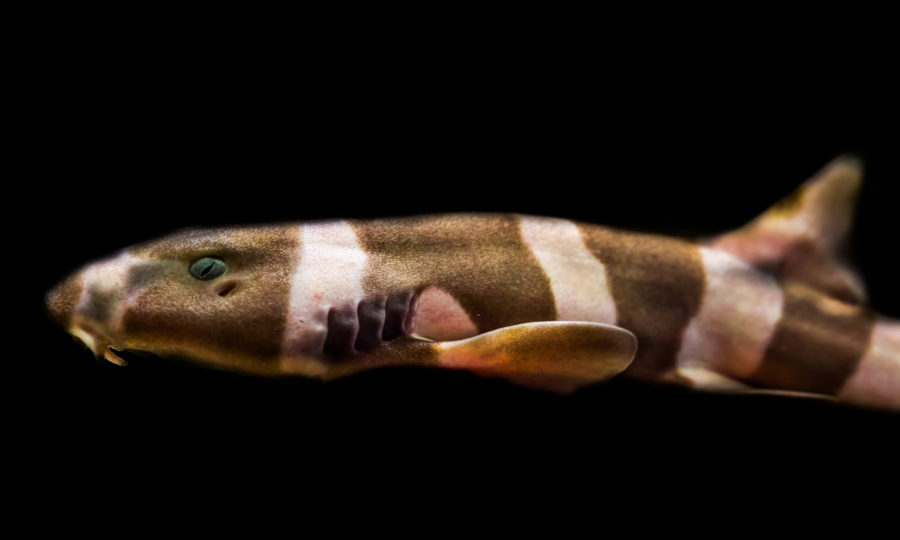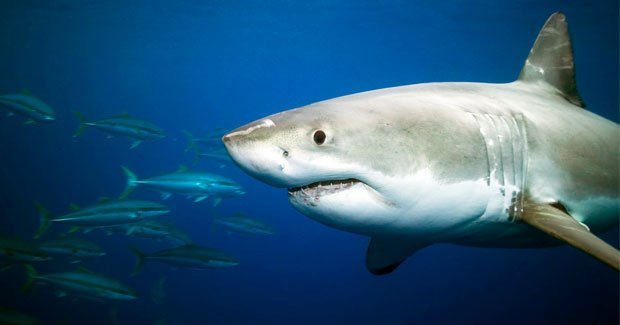It’s 8am on a sunny 29°C Saturday at Alexandra Headland on the Sunshine Coast of southeast Queensland. Swimmers porpoise through the water, while farther offshore surfers straddle their boards in anticipation of the next big wave. If anyone is worried about a shark bite, you wouldn’t know it.
“Not really, probably should,” says 18-year-old surfer Jake Hazelwood of Cairns. “When you’re out there, you just zone everything else out.”
Jake is also oblivious to the drone taking off from the beach just 20m away, the state government’s latest tool to help keep popular coastal areas safe for humans – and sharks.
For decades, Queensland has relied on nets and baited-hook drumlines to help protect beachgoers from sharks. But that safety comes at a cost to marine life. Last year alone, that equipment caught 958 animals, including 798 sharks – 70 per cent of which died. Sixteen turtles also perished as unintended victims along with 10 dolphins and two dugongs, a vulnerable species in Queensland. And in 2022, 15 humpback whales were caught in shark nets, though all of them were safely removed.
The government is considering replacing its lethal measures with camera-equipped drones to search for sharks, and Alexandra Headland is one of the locations for a trial program that is already showing success.
It’s surprisingly easy to spot sharks when you fly over them, says Rob Adsett, the chief remote pilot with the Australian Lifeguard Service. “Technology is getting better.”
The infrared-equipped drone that Rob and his colleagues used off Alexandra Headland can fly for 20 minutes in winds above 35km/h. The pilots fly the drone along a 400m route parallel to shore behind the surf break. On busy beach days, the drone zips along at up to 20km/h, staying out of the way at an altitude of 60m. When pilots detect a shark, they lower the drone to 30m so they can identify the animal’s size and species, a task that can become more difficult when it is raining or if the water is murky or rough.
If the pilots deem the shark a danger, they can evacuate the beach while lifeguards follow in inflatable boats or personal watercraft to track the animal and monitor the threat.
During their trials in 2020 and 2021, which involved 3669 drone flights at seven beaches, drone pilots detected 174 sharks, including 48 that were greater than 2m in length. For beach users and lifeguards, the presence of big sharks, especially white, tiger and bull sharks, is the greatest concern, and these sightings led to four beach evacuations.

Queensland’s effort is following on the heels of a similar project that has been underway in NSW since 2017.
For conservationists, the switch away from nets and drumlines can’t come soon enough. Any further delay in removing the lethal deterrents “is baffling,” says Leo Guida, a shark scientist with Australian Marine Conservation Society. “They’ve got the solution on the table.”
Drones, says Leo, can also save people by dropping life-saving equipment to someone struggling in the water. “There are clear benefits across the board.”
The toll of the nets and drumlines on sharks also has to be balanced against the threat sharks actually pose to beachgoers. According to Rob, “You’ve got more of a chance of getting hit by a car on the way to the beach than getting attacked by a shark.”
Still, shark bites do happen. Though infrequent, bite rates are increasing.
The Australia Shark Incident Database has recorded 1196 shark bites around the country in the past 231 years (1791–2022). Those bites caused 250 deaths, while 723 people suffered injuries. No one was injured in the other 223 cases, which cover incidents such as bites to surfboards.
Shark bites jumped from an average of nine per year (1990–2000) to 22 per year (2010–2020), in part because of the increasing human population along the coast.
But even nets and drumlines, Leo argues, are no guarantee against bites because sharks can simply swim around them. That’s what happened in 2020 when a male surfer in Queensland died after being bitten at Greenmount Beach, a stretch of coastline equipped with nets and drumlines. As for whether the nets can be replaced with drones, the Queensland government has at least seen enough to continue the trials. It has committed to expanding the project, which will continue until June 2025 at a cost of roughly $1.9 million per year.
This article first appeared in Hakai Magazine, and is republished here with permission.


